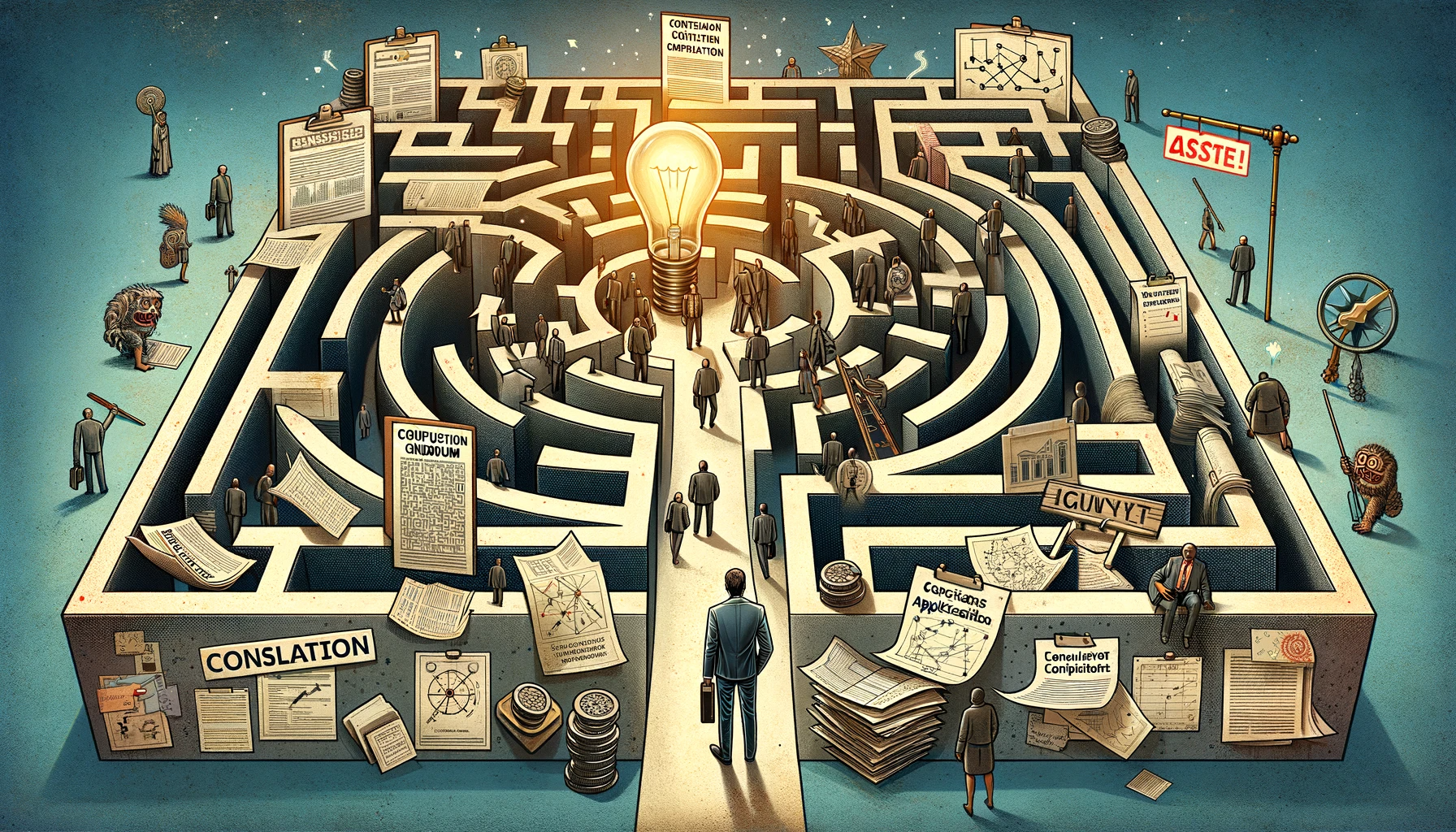The Road to Approval: Navigating Rejections in Startup Funding
Introduction Securing funding in the highly competitive landscape of startup grants, especially through prestigious programs like the European Innovation Council’s (EIC) Accelerator, is often a journey marked by initial rejections. This article explores the common trajectory of startups facing rejections before finally achieving approval, highlighting the resilience required in the pursuit of non-dilutive grants and equity financing for startups and Small- and Medium-Sized Enterprises (SMEs). The Inevitable Hurdle of Rejection In the quest for the EIC Accelerator’s significant financial backing of up to €17.5 million in total financing, startups are bound to encounter rejection. These setbacks are not merely obstacles but are part and parcel of the rigorous selection process designed to identify the most innovative and market-ready projects. Rejections often serve as critical learning opportunities, providing insights and feedback that can significantly refine and strengthen subsequent applications. Understanding the Dynamics of Rejection The reasons behind rejections are as varied as the projects themselves. They might be due to a misalignment with the program’s current focus, lack of clarity in the proposal, or simply the incredibly high competition. The official proposal template provided by the EIC Accelerator demands precision, a clear articulation of the project’s impact, and a demonstration of market potential – areas where many applications may fall short on the first attempt. The Role of Expert Writers in Overcoming Rejections Professional writers, freelancers, and consultants specializing in the EU grant application process play a crucial role in navigating through and learning from rejections. They possess the expertise to dissect evaluator feedback, identify weaknesses in the application, and strategize a more compelling resubmission. Their experience in understanding the nuances of the EIC Accelerator’s structured template and evaluative criteria is invaluable in turning past rejections into future successes. Resilience and Persistence: Key to Success The journey to securing funding is a testament to resilience and persistence. Most successful startups have faced one or more rejections before finally achieving approval. Each rejection, when approached correctly, is a stepping stone to refining the business model, technology, or strategy presented. It is a rigorous process of evolution and improvement, demanding startups to continuously enhance their proposals in alignment with evaluators’ expectations and market needs. Conclusion Rejections are an inherent aspect of the competitive funding landscape. They are not the end but rather an important part of the journey toward securing startup grants. The ability to learn from rejections, coupled with expert guidance and a resilient mindset, significantly increases the chances of success in subsequent rounds. As startups navigate this challenging path, the experiences and lessons learned from each rejection enrich their growth, culminating in a refined, compelling application that stands out to evaluators. In the world of startup funding, particularly within the EIC Accelerator program, embracing and overcoming rejections is a crucial step on the road to approval and innovation success.











